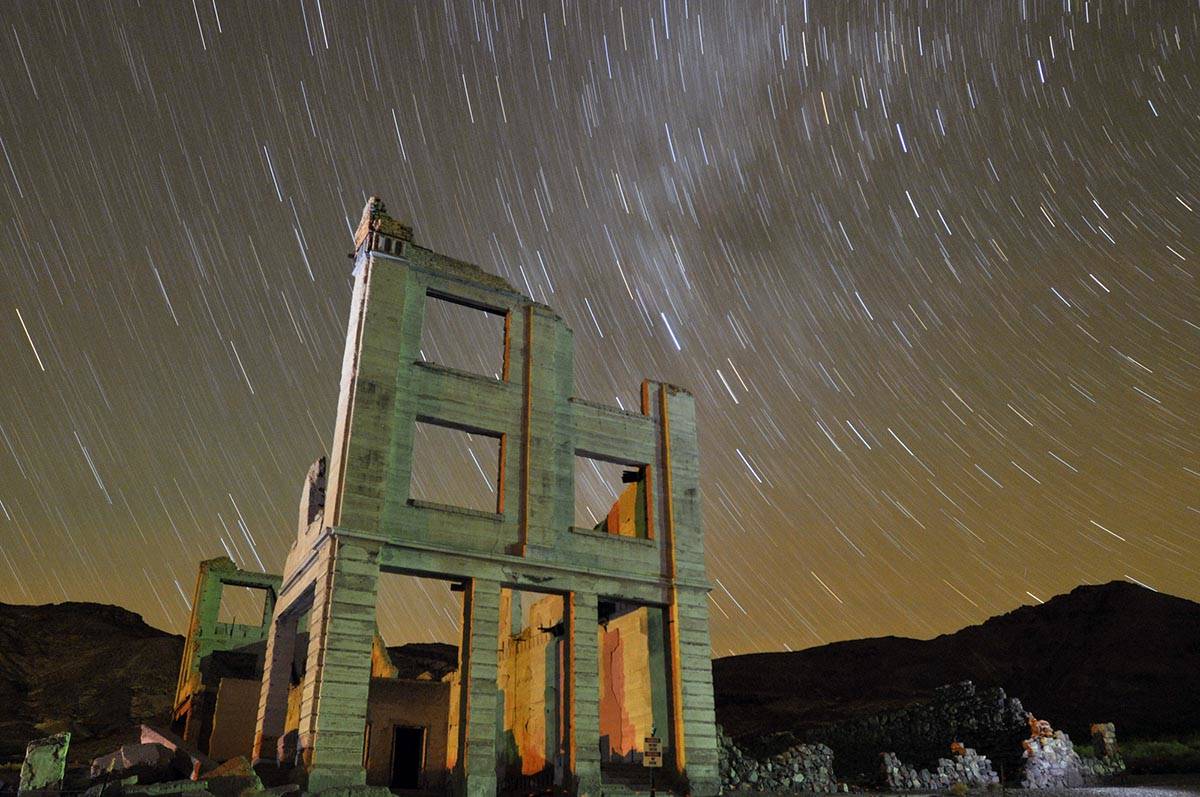Orionid meteor showers in pre-dawn hours will be best Wednesday
Nevada residents can see the remains of Halley’s Comet in the Orionid meteor shower that peaks in the early hours of Tuesday and Wednesday.
Space.com calls the showers the “cosmic litter” that was left behind by the comet, which was last seen in 1986 and will return in 2061 on its regular 76-year journey around the sun.
About 15 meteors per hour can be expected in the southern sky.
“And 2020 will be an excellent year to look for them, since the moon will be a slender crescent, four days past new phase and will have set before 9:30 p.m. local time on the night of their peak activity,” Space.com says. “This will not pose any hindrance whatsoever to prospective meteor observers.”
The hours before dawn are the best time to view the showers. It is best to get away from city lights as well.
“Orionid visibility extends from Oct. 16 to Oct. 26, with peak activity of perhaps 15 to 30 meteors per hour coming on the morning of Oct. 21,” writes Space.com. “Step outside before sunrise on any of these mornings and if you catch sight of a meteor, there’s about a 75% chance that it likely is a byproduct of Halley’s Comet. The very last Orionid stragglers usually appear sometime in early to mid-November.
The cosmic show won’t be the last this year.
The Leonid showers will be best seen in the pre-dawn southern sky on Nov. 17-18, and the Andromedid showers will be visible in the southern sky in the late evening Nov. 25-27.
Contact Marvin Clemons at mclemons@reviewjournal.com. Follow @Marv_in_Vegas on Twitter.

















